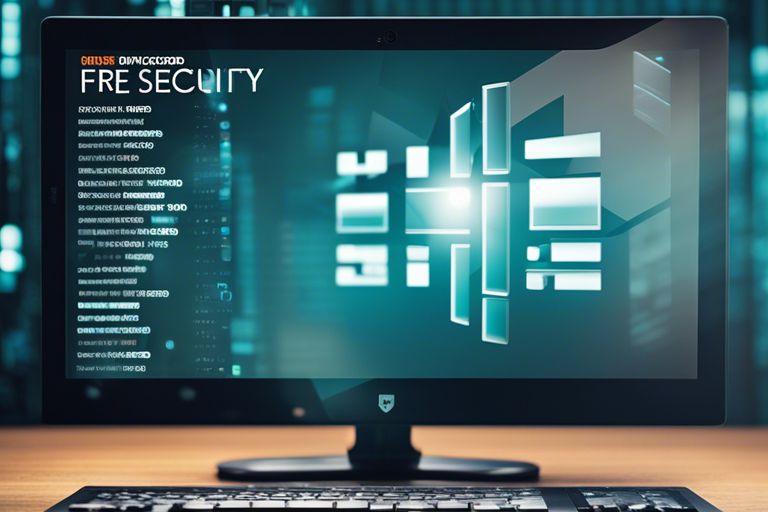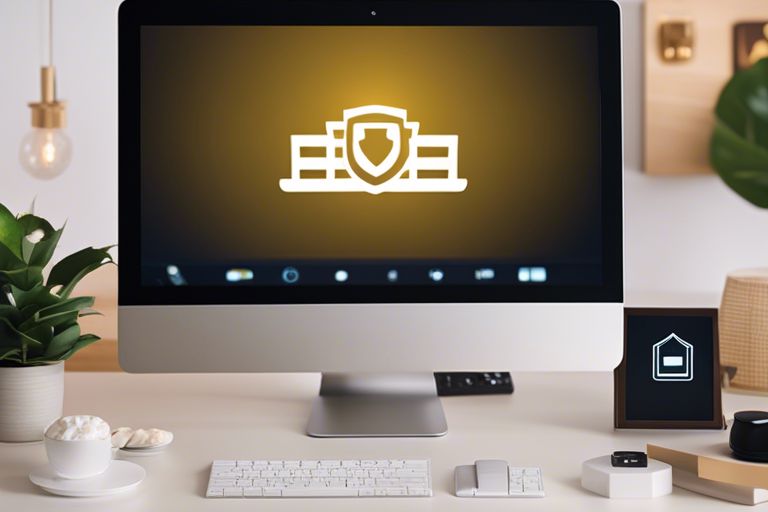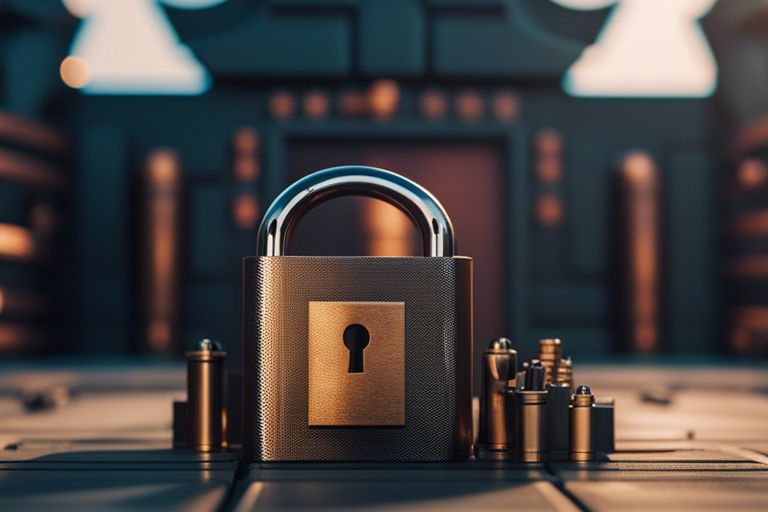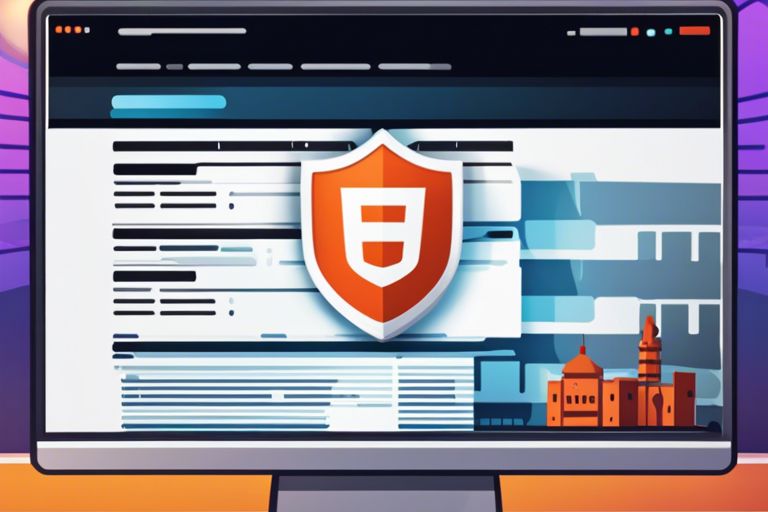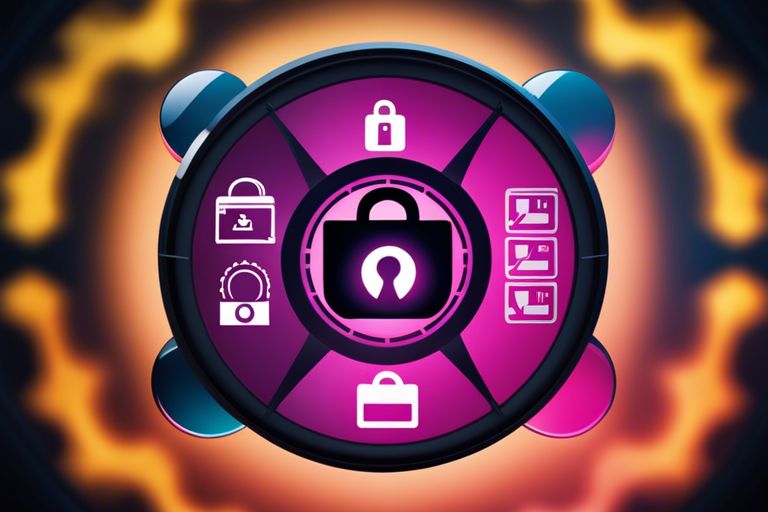Preparing for potential security breaches or data incidents is critical in today’s digital landscape. Conducting regular incident response drills is one of the most effective ways to ensure your team is well-equipped to handle cyber threats. In this guide, we will walk you through the necessary steps to successfully conduct an incident response drill within your organisation. From setting clear objectives and scenarios to testing your team’s response and documenting lessons learned, each step plays a crucial role in enhancing your cybersecurity posture. Stay ahead of potential threats by practising and improving your incident response capabilities regularly.
Key Takeaways:
- Prepare in advance: Make sure to plan and prepare for the incident response drill before executing it to ensure its effectiveness.
- Involve all relevant stakeholders: Include all necessary personnel, departments, and external parties in the drill to simulate a real-life incident response scenario.
- Document and evaluate: Keep detailed records of the drill, including strengths and weaknesses, to analyse and improve the incident response plan.
- Communicate effectively: Ensure clear and concise communication throughout the drill to coordinate actions and responses efficiently.
- Learn and adapt: Use the insights gained from the drill to identify areas of improvement and refine the incident response process for better preparedness in the future.
Preparing for the Incident Response Drill
Assembling an Incident Response Team
Assembling an incident response team is a critical first step in preparing for an incident response drill. This team should consist of individuals from various departments, including IT, legal, human resources, and communications. Each member should have clearly defined roles and responsibilities during the drill to ensure a smooth and effective response.
Identifying Key Factors for an Effective Drill
When identifying key factors for an effective drill, consider setting clear objectives, simulating realistic scenarios, involving key stakeholders, and providing feedback and debrief sessions. These elements are crucial in ensuring that the drill is comprehensive and beneficial for all participants.
- Setting clear objectives
- Simulating realistic scenarios
- Involving key stakeholders
- Providing feedback and debrief sessions
Thou, attention to detail is crucial for the success of the incident response drill.
Designing the Incident Response Drill
Developing Realistic Scenarios
When designing an incident response drill, it is crucial to develop realistic scenarios that mimic potential real-life incidents. These scenarios should be relevant to your organisation’s industry and potential threat landscape. By incorporating various types of incidents such as data breaches, malware attacks, or system outages, you can better prepare your team to handle any situation they may face.
Establishing Clear Objectives and Success Metrics
Establishing clear objectives and success metrics is imperative in ensuring that your incident response drill is effective. Clearly define what you aim to achieve during the drill, whether it is testing specific response procedures, assessing team communication, or evaluating the effectiveness of your incident response plan. Setting measurable metrics will allow you to quantify the success of the drill and identify areas that may need improvement.
Having clear objectives will help focus the participants and ensure that the drill stays on track. By establishing success metrics, you can objectively evaluate the performance of your team and the effectiveness of your incident response procedures. This information is vital for identifying strengths and weaknesses in your response plan, allowing you to make necessary improvements for better incident preparedness.
Conducting the Drill
Tips for Effective Execution
When conducting an incident response drill, it is necessary to ensure that it simulates a real-life scenario as closely as possible. Start by clearly defining the objectives and scope of the drill, including the roles and responsibilities of each participant. Assign a dedicated individual to observe and take notes throughout the exercise to provide valuable feedback for improvement. Remember to debrief all participants at the end of the drill to discuss what went well and areas for enhancement. Practice regularly to keep skills sharp and responses agile. Document lessons learned to refine the incident response plan for future drills and real incidents. Recognising the importance of these key elements will help ensure the effectiveness of the drill.
Monitoring and Communication During the Drill
During the incident response drill, effective monitoring and communication are crucial for a successful outcome. Designate a communication lead to oversee all internal and external communications, ensuring that information is disseminated promptly and accurately. Use appropriate communication channels to reach all team members efficiently. Monitor the progress of the drill closely to identify any bottlenecks or issues that may arise. Stay alert for any unexpected developments that could impact the response plan. Recognising the importance of continuous monitoring and clear communication will help streamline the incident response process and improve overall readiness.
Post-Drill Analysis
Evaluating Performance and Identifying Improvement Areas
After conducting an incident response drill, it is crucial to evaluate the performance of all participants involved. Identifying areas for improvement is key to enhancing the overall incident response capabilities of your team. Assess how well each individual adhered to established protocols, how efficiently communication flowed, and whether the response was swift and effective. By pinpointing weaknesses, you can focus on targeted training to address these gaps and improve the team’s readiness for future incidents.
Documenting Lessons Learned and Updating Protocols
Documenting lessons learned from the incident response drill is necessary for ongoing improvement. Create a comprehensive report detailing what worked well, what could be enhanced, and any unexpected challenges faced during the drill. Updating protocols based on these findings ensures that your team remains agile and well-prepared for real-life incidents. Regularly reviewing and refining protocols is critical in the ever-evolving landscape of cybersecurity threats.
Conducting an Incident Response Drill: Conclusion
To sum up, conducting an incident response drill is a crucial step in preparing your team for potential security breaches. By simulating various scenarios, you can identify weaknesses in your response plan and provide valuable training to your team members. Regular drills help to ensure that everyone knows their role, understands the procedures, and can act swiftly and effectively in the event of a real incident. Do not forget, practice makes perfect, and investing time and effort in drills now can save your organisation from serious consequences in the future. Stay prepared, stay vigilant, and keep your team sharp by regularly conducting incident response drills.
FAQ
Q: Why is it important to conduct an incident response drill?
A: It is crucial to conduct an incident response drill to test your organisation’s readiness to handle security incidents effectively.
Q: What is the goal of an incident response drill?
A: The main goal of an incident response drill is to identify weaknesses in your response procedures and improve them to enhance your organisation’s security posture.
Q: Who should be involved in an incident response drill?
A: Key stakeholders such as IT security teams, the incident response team, senior management, and relevant department heads should participate in an incident response drill.
Q: How often should incident response drills be conducted?
A: Incident response drills should be conducted regularly, ideally at least once a year, to ensure that your team is well-prepared to handle security incidents.
Q: What are the steps involved in conducting an incident response drill?
A: The steps involved in conducting an incident response drill include planning and preparation, establishing objectives, executing the drill, evaluating the results, and implementing improvements based on the findings.

